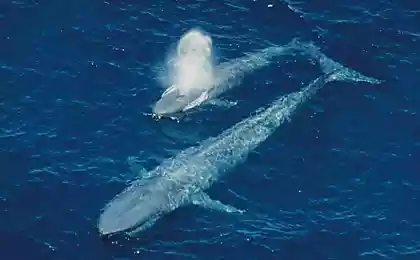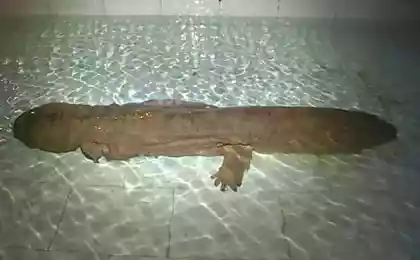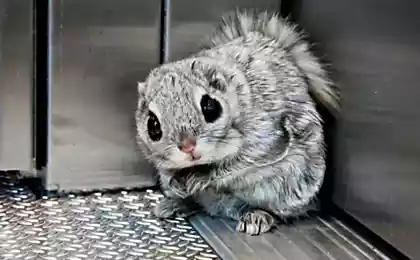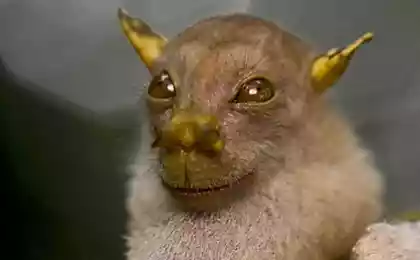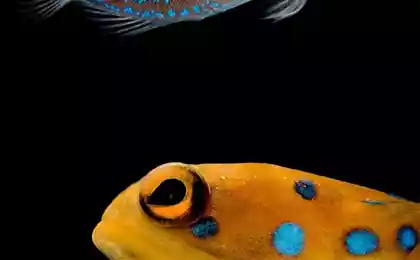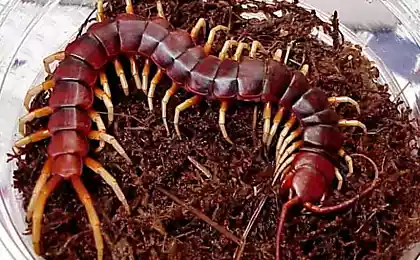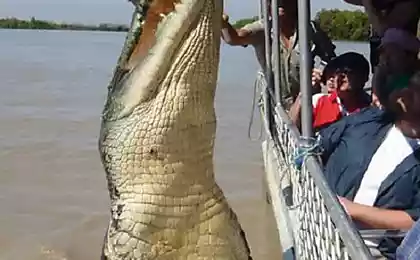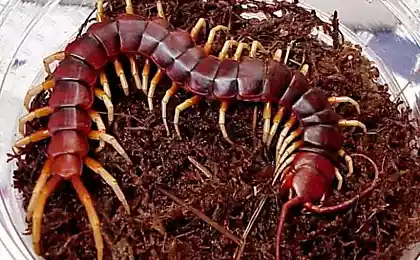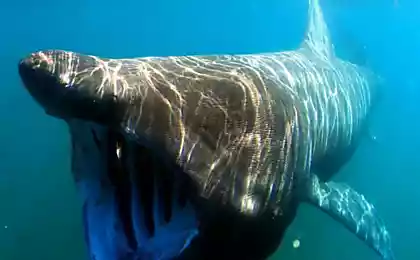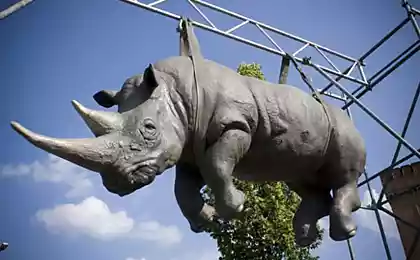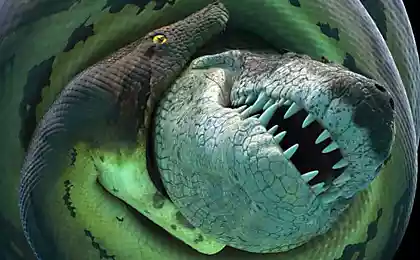1200
Japanese Giant Salamander
Gigantic salamander (giant) is a kind of tailed amphibians and giant salamander family is represented by two types: Japanese giant salamander (Andrias japonicus) and the Chinese Giant Salamander (Andrias davidianus), which differ in the arrangement of tubercles on the head and habitat. Accordingly, Title, Chinese Giant Salamander lives in the mountain rivers of the central part of East China and Japan - in the rivers of Japan.
9 ph via zoopicture.ru
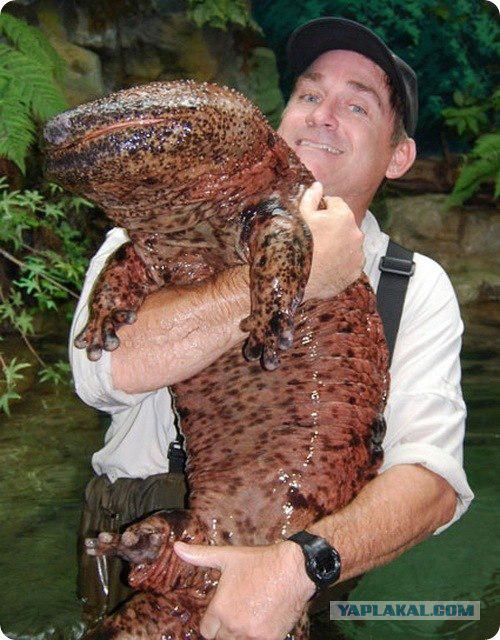
Today - this is the largest amphibian, which can reach 160 cm in length and weight up to 180 kg and can live up to 150 years, though officially registered the maximum age of the giant salamander is 55 years.
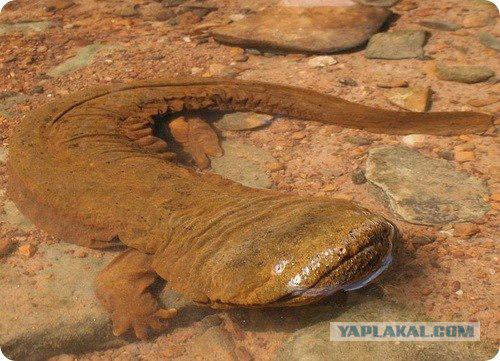
This unique amphibious millions of years side by side with dinosaurs and managed to survive and adapt to the new conditions of life. Giant salamanders is a water way of life, is active at dusk and at night, prefers cold, fleeting mountain streams and rivers, damp caves and underground rivers.
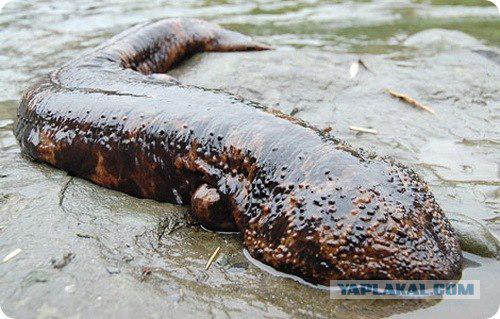
Dark brown with darker spots vague coloring makes salamander invisible against the background of the rocky bottom of the river. The body and big head salamanders flattened tail, is almost half the entire length, paddle-shaped, front legs have 4 fingers, and back - to 5 fingers, eyes without eyelids widely planted very close together and the nostrils.
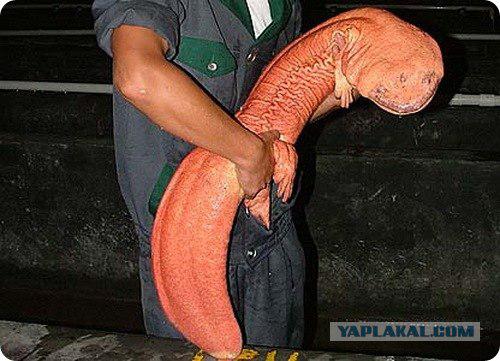
Salamander differs visually impaired, which is compensated by an excellent sense of smell, by which it finds frogs, fish, crustaceans, insects, moving slowly along the bottom of the river. Salamander produces food, hiding at the bottom of the river, a sharp attack on the head captures and holds the victim jaws with small teeth. Metabolism slow salamanders, which allows it for a long time without food.

In August and September in salamanders occurs during the breeding season. The female lays hundreds of eggs the size of 6-7 mm long, resembling a rosary in horizontal holes under water to a depth of 3 meters, which is absolutely not typical of amphibians. Caviar ripens 60-70 days at a water temperature of 12 ° C. At the same time, as a rule, the male provides constant aeration of eggs, creating a tail current of water. Larvae have a length of about 30 mm, three pairs of outer gill limb buds and long tail with a wide fin crease. Small salamanders are constantly in the water and a half years, until they finally will form the lungs, and they will be able to enter the land. But salamander may breathe through the skin. At the same time, there comes puberty giant salamanders.
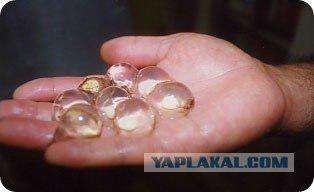
Meat gigantic salamanders tasty enough and suitable for food, which led to a reduction in the population of the animal and its listed in the Red Book as a species threatened with extinction. Thus, at present in Japan, salamander nature practically does not occur, and diluted in special nurseries.
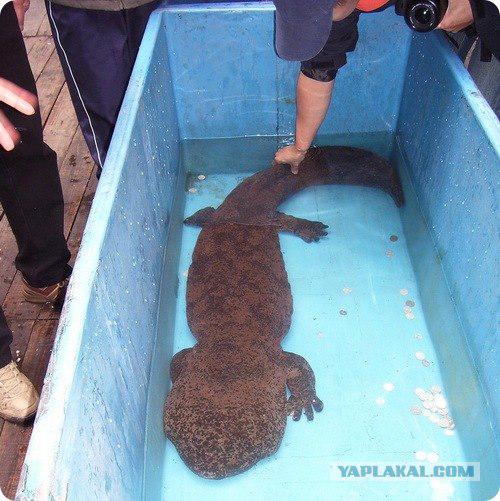
In China, Zhangjiajie in the park, established a state database on breeding salamanders, where the 600-meter tunnel, constant temperature of 16-20 ° C, which is ideal conditions for the reproduction of salamanders.
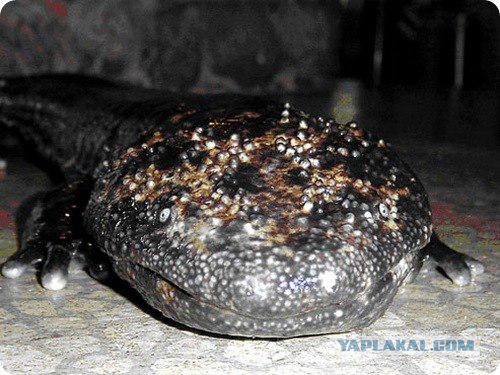
09
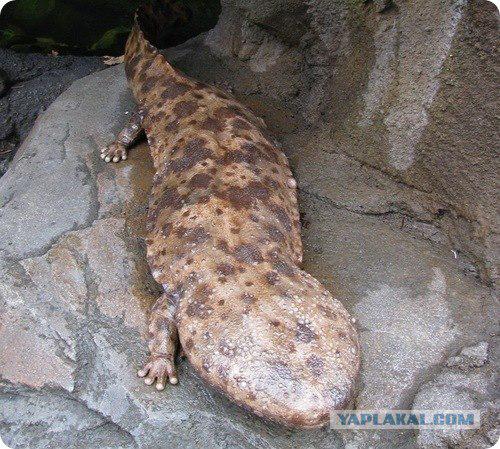
Source:
9 ph via zoopicture.ru

Today - this is the largest amphibian, which can reach 160 cm in length and weight up to 180 kg and can live up to 150 years, though officially registered the maximum age of the giant salamander is 55 years.

This unique amphibious millions of years side by side with dinosaurs and managed to survive and adapt to the new conditions of life. Giant salamanders is a water way of life, is active at dusk and at night, prefers cold, fleeting mountain streams and rivers, damp caves and underground rivers.

Dark brown with darker spots vague coloring makes salamander invisible against the background of the rocky bottom of the river. The body and big head salamanders flattened tail, is almost half the entire length, paddle-shaped, front legs have 4 fingers, and back - to 5 fingers, eyes without eyelids widely planted very close together and the nostrils.

Salamander differs visually impaired, which is compensated by an excellent sense of smell, by which it finds frogs, fish, crustaceans, insects, moving slowly along the bottom of the river. Salamander produces food, hiding at the bottom of the river, a sharp attack on the head captures and holds the victim jaws with small teeth. Metabolism slow salamanders, which allows it for a long time without food.

In August and September in salamanders occurs during the breeding season. The female lays hundreds of eggs the size of 6-7 mm long, resembling a rosary in horizontal holes under water to a depth of 3 meters, which is absolutely not typical of amphibians. Caviar ripens 60-70 days at a water temperature of 12 ° C. At the same time, as a rule, the male provides constant aeration of eggs, creating a tail current of water. Larvae have a length of about 30 mm, three pairs of outer gill limb buds and long tail with a wide fin crease. Small salamanders are constantly in the water and a half years, until they finally will form the lungs, and they will be able to enter the land. But salamander may breathe through the skin. At the same time, there comes puberty giant salamanders.

Meat gigantic salamanders tasty enough and suitable for food, which led to a reduction in the population of the animal and its listed in the Red Book as a species threatened with extinction. Thus, at present in Japan, salamander nature practically does not occur, and diluted in special nurseries.

In China, Zhangjiajie in the park, established a state database on breeding salamanders, where the 600-meter tunnel, constant temperature of 16-20 ° C, which is ideal conditions for the reproduction of salamanders.

09

Source:

